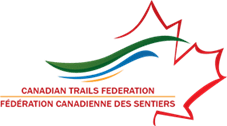April 22, 2021
Today, Mayor John Tory along with Councillor Jennifer McKelvie (Scarborough-Rouge Park) and Chair of the Infrastructure and Environment Committee, marked Earth Day by highlighting the City’s $82.5 million investment this year in the Toronto’s Ravine Strategy.
The $82.5 million in funding for the Ravine Strategy includes:
- $12.4 million in operating funding through Parks, Forestry and Recreation – a 10 per cent increase from last year despite an incredibly tough 2021 budget due to the ongoing pandemic.
- $70.1 million in capital investments across numerous City divisions including Parks, Forestry and Recreation, Transportation Services and Toronto Water as well as the Toronto and Region Conservation Authority (TRCA).
The increased investment in Toronto’s Ravine Strategy this year will allow for:
- Enhanced litter pickup in ravines and increased focus on addressing incidents of illegal dumping, activities that can seriously harm ravines. Last year, City staff removed 74 tonnes of garbage and 14 tonnes of recyclable metal from 97 hectares of ravine land. Litter pickup will increase by about 30 per cent as a result of additional funding.
- Expanded invasive species management. Last year, staff controlled invasive plant species over 234 hectares of ravine land. The extra funding will see staff manage invasive species over up to 300 hectares in 2021.
- Enhanced youth internships through the ravine youth team program which is a paid summer internship program for post-secondary students, offered in partnership with TRCA. The program provides work, professional development and opportunities for youth to build and expand their networks through a wide range of activities that support and contribute to the ravine strategy. Applications for the 2021 program will open soon .
- Additional capital projects that will improve well-used and well-loved trails and pathways and the overall user experience of Toronto’s ravine system, including the West Don Trail through E.T. Seton Park.
Ravines are a major part of Toronto’s green infrastructure, and along with parks and tree canopy, provide many environmental, health and recreational benefits. They are a part of a larger watershed system, helping to filter and convey stormwater, enhance biodiversity and reduce urban heat. Ravines also contain grey infrastructure, such as utilities and sewer lines, and some of the busiest roads and trails that help move people through the city, such as the Don Valley Parkway and Lower Don Trail.

